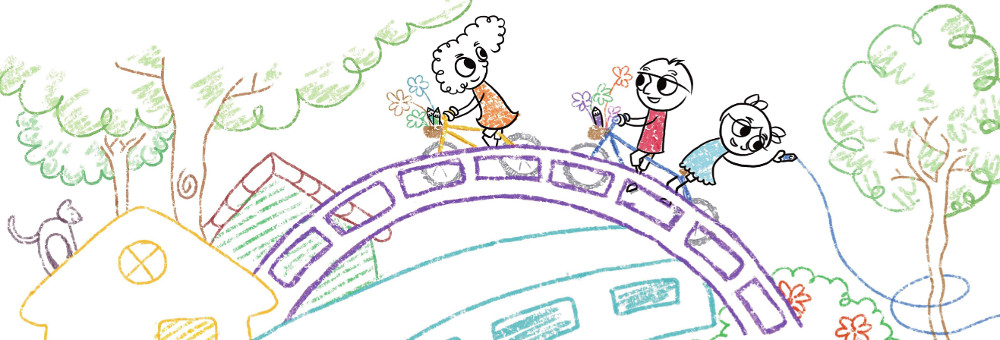Usability diagnostic tests with kids is similar in many respects to functionality testing with adults. To acquire the most from the sessions, and ensure the child is definitely comfortable and happy, there are several differences you need to be aware of.
Stress of recent people and surroundings
Youngsters are far more most likely than adults to find experiencing new areas and people stress filled. You should always remember this, consequently try to find as much ways as is possible to relax your child. Some things you may do are:
– Allow a significant period of time – at least 10 minutes — to meet your child. This is significant in placing them comfortable before beginning the session. A few easy circumstances to talk about may be computer games, cartoons, sports or perhaps school. Aiming to make all of the equipment utilized during the time match that which the child uses at home/school (phone up their parents/teachers beforehand to check). – Try to become as comforting and reassuring as possible. claraoladimeji.com Is actually especially important to create it obvious to the child that you want all their views on this website and that you’re not testing these people. – Policy for the fact that younger children could prefer all their parents to keep in the tests room with them. Be sure that parents realize that they should avoid the child’s line-of-sight and not support or distract them.
Asking for help
Children are far more used to asking for – and receiving – help than adults, so it is very important meant for the pemandu to:
– Clearly explain at the outset of the test you want the child to work with the site independently – Make a suffered effort to deflect any such questioning throughout the session on its own
Good ways of deflecting questions can include:
— Answering a question with a dilemma (e. g. What do you imagine you should do now? ) – Re-stating that you want the child to work with the site by themselves – Asking the child to have one last g’ before you will leave your site and go to something else
Children acquire tired, bored stiff and disappointed more easily
Children (especially of more radiant ages) are much less inclined – and/or in a position – to work with themselves into a single task for a prolonged period. Several ways to work around this are:
– Limiting visits to 1 hour or less. – Taking short breaks during treatments if the child becomes tired or irritable. – Making sure sessions cover the planned tasks/scenarios within a different order – this will likely make sure that similar scenarios usually are not always analyzed by fatigued children, who also are less going to succeed/persevere. – Asking the child for support so as to provide them with motivation (e. g. requesting ‘Could you please understand for me how to… ‘, or by in fact pretending to not be able find/do something at the site). – Keeping up a reliable stream of encouragement and positive reviews (“You’re doing really well and telling us lots of beneficial things — it will seriously help make the web page better. Keep writing! “).
The importance of non-verbal tips
Kids can’t be more relied upon to verbally state their thoughts/feelings, either due to their:
— Not being state enough – Being shy – Unwilling to say the incorrect thing and displease a grown-up – Saying things that they don’t consider just to please the adult
This will make it particularly important that the functionality expert become sensitive to children’s nonverbal cues, including:
— Sighs – Smiles — Frowns — Yawns — Fidgeting – Laughing – Swaying — Body direction and posture
Physical differences
A couple of extremely obvious — but very easily forgotten — differences which in turn need to be considered are:
– Couch and desk settings — Make sure you have a chair/table setting that permits the child to comfortably take advantage of the equipment through the session. – Microphone position – Children tend to have noise-free voices than adults, so microphones must be placed a little bit nearer towards the participant than normal.
Levels of literacy and understanding
It is advisable to ensure that a session’s participant has an appropriate understanding of the scenario getting presented to them. Several ways to do this include:
– Requesting participants to re-phrase scenarios/goals in their private words. – Asking members to recurring a scenario (i. age. what they are trying to achieve) in the event the task has gone on for some time and you think they may have forgotten it.
